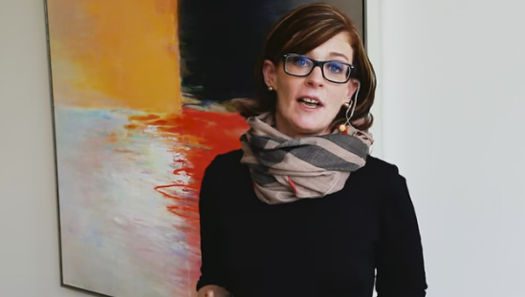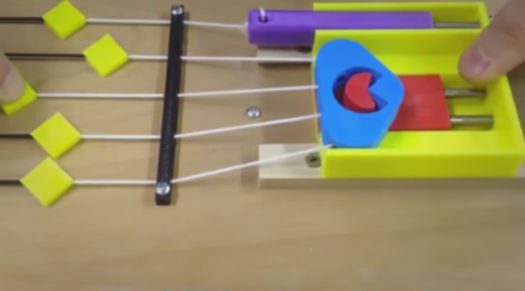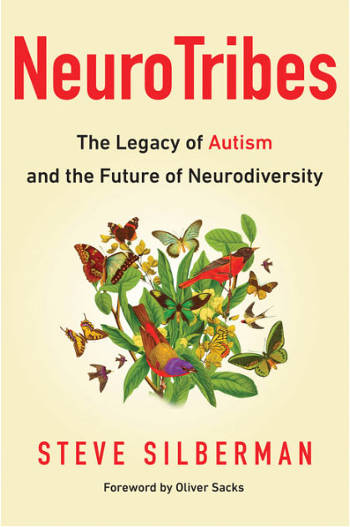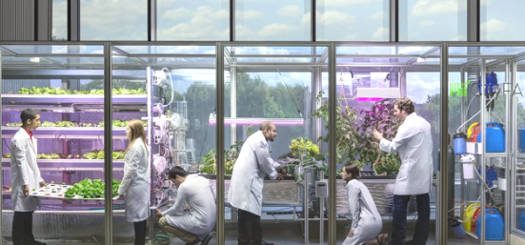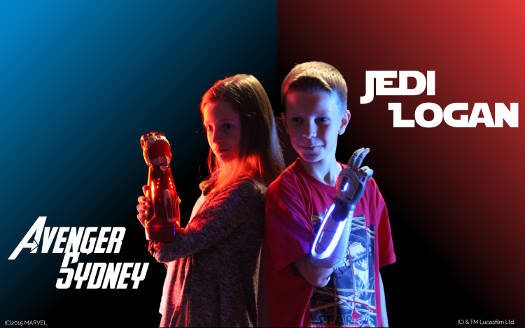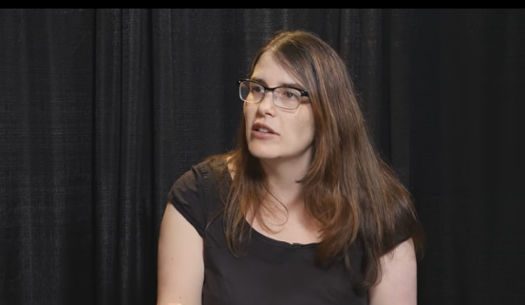Are you wondering how to get involved in an open source project? Maybe this episode from the Mondern Web podcast will give you some ideas.
The Video Viewing Room
Learn tips for participating in an open source community from Ben Lesh and Zack Chapple in this engaging short video interview by Tracy Lee.
The key take-away? Don’t be shy if you have something to offer. My friendly additional tip — find yourself a buddy or mentor. They can help show you the ropes. Before you know it — you’ll be someone else’s buddy/mentor. That’s the way that the world goes round.
For the past 10 years, Phil has been working at a public library in the Washington D.C.-area, helping youth and adults use the 28 public Linux stations the library offers seven days a week. He also writes for MAKE magazine, Opensource.com and TechSoup Libraries. Suggest videos by contacting Phil on Twitter or at pshapiro@his.com.


